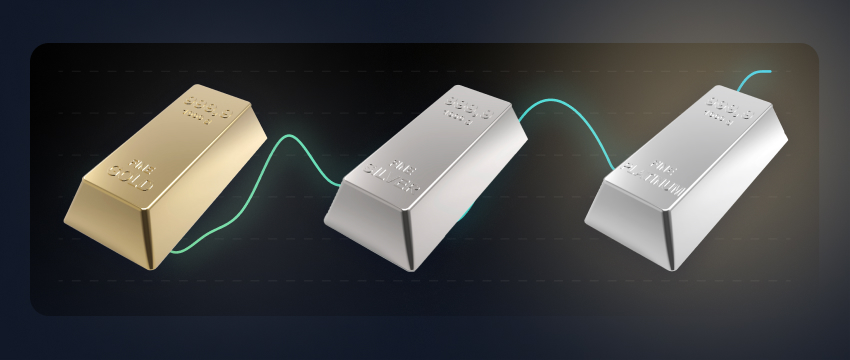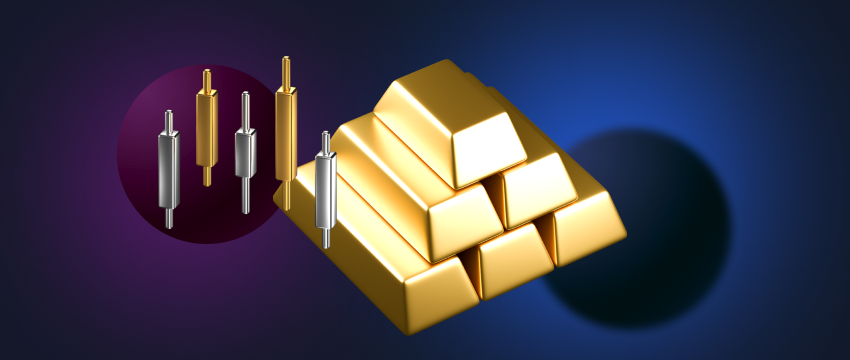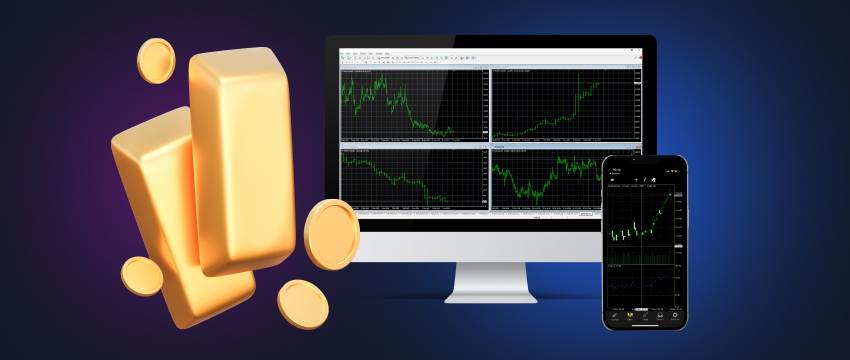Trading precious metals are popular for various reasons. They are considered valuable commodities because of their rarity, as a hedge against currency inflation or economic instability, their use in multiple industries (e.g., automotive, electronics, jewellery, medical, etc), and for preserving wealth. They are also used by traders to diversify their portfolios.
Gold, silver, and platinum are the most traded precious metals in the world. But the prices of these metals fluctuate. In this article, we’ll dive into the different factors that impact precious metal prices globally.
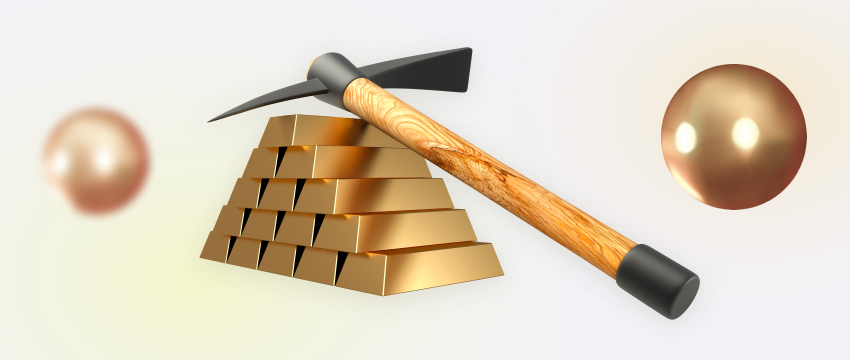
What drives gold prices?
The price of gold is less impacted by supply and demand than it is by investor sentiment. This is because the amount of gold already in circulation far exceeds the new mine supply. So, gold prices are often driven more so by the desire for investors to buy or sell. When a larger supply of gold becomes available to buy, gold prices tend to drop. In contrast, when the demand to buy exceeds the supply, gold prices tend to rise higher.
There are other factors that drive the price of gold which includes:
- Geopolitical crisis. During times of war or political instability, the tendency to hoard gold becomes more prevalent. This is because precious metal often becomes a valuable tool to trade or sell for food, shelter, or protection.
- Demand for consumer goods. When the demand for jewellery or other technologies that require gold to be manufactured increases, so too do gold prices. Some of the biggest consumers of gold for jewellery in the world are India, the US, and China.
- Lạm phát. When markets like real estate, securities, stocks, art, and others start seeing a negative rate of return, investors or traders often turn to gold for its enduring value, driving up the price.
- The value of the US dollar. Gold is dollar-denominated. Its value is thus impacted by the strength of the US dollar. In other words, the stronger the US dollar, the lower the price of this commodity. The weaker the US dollar, the higher gold prices tend to go as demand for gold increases when the dollar is weaker (more gold can be bought).
- Gold mining production. Gold mining over the years has become more challenging. Miners having to now dig deeper to access this precious metal is giving rise to other more costly challenges. This includes factors like environmental impact and the dangers associated with mining deep underground. As a result, gold prices may be driven higher as the cost of gold production becomes more expensive.
The price of gold is set daily by the market (24/7).

More on silver trading
While gold is a sought-after commodity by investors worldwide, silver remains popular because of its uses and price.
What is silver used for?
Silver is a crucial element used in the production of goods across industries like jewellery, medical products, and electronics (appliances, batteries, superconductor applications, etc).
Factors influencing silver prices
Silver is typically purchased in the form of bullion, bars, and coins. It is priced per ounce. Silver price movements are considered more unpredictable than those for gold. This is because silver prices fluctuate between the role of this precious metal as a store of value or for its use across industries. Like gold, the price movements of silver rise and fall due to supply and demand, inflation, and dollar strength. Traders do also opt for silver as a means to diversify their portfolio as it is regarded as a limited commodity source, i.e., its value will continue to rise in the long term.
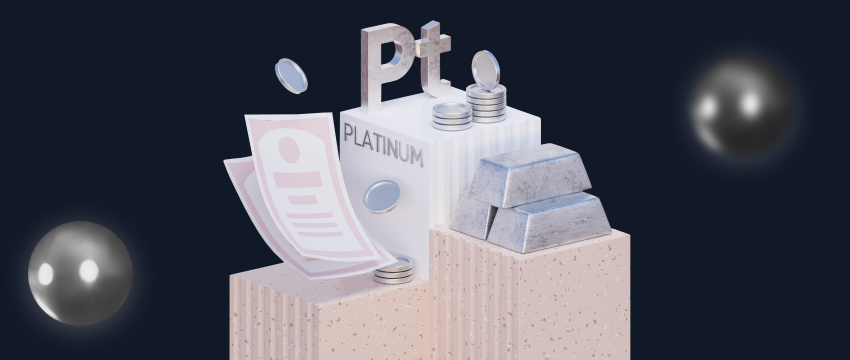
Platinum Trading
Platinum fetches a higher price per ounce than gold due to its scarcity. It is traded on commodities markets across the globe. Like silver, platinum is valued not only as a precious metal but also for its role as an industrial metal, particularly in the automotive industry. It is also used to make jewellery and is renowned for its various applications in the petroleum and computer industries.
How are platinum prices impacted?
Platinum is generally regarded as one of the most volatile precious metals as far as platinum trading is concerned. Platinum prices are driven largely by:
- Cung và cầu. The process to extract and separating platinum is challenging and complex. Platinum only exists as an alloy with other metals, unlike gold.
- The political climate of the countries in which it is mined. Almost 90% of the world’s platinum is mined in South Africa. Other countries that mine for this precious metal include Zimbabwe, Russia, Canada, and the United States.
Why trade precious metals online?
Online metal trading is appealing to traders worldwide for multiple reasons.
Hedge against inflation
Trading precious metals may help reduce a trader’s exposure to unpredictable economic swings when inflation tends to impact a variety of other financial assets.
Intrinsic value
Precious metals have intrinsic value and cannot be inflated (i.e., more of them cannot be printed).
High demand
The applications of precious metals across an extensive range of industries typically increase the demand for these commodities.
War or geopolitical uncertainties
Precious metals like gold are widely considered a means of protection during war or political instability.
Understanding the risks associated with trading precious metals
While there are benefits that come with online metals trading, understanding the risks is crucial to mitigate losses that may also be incurred. So, what are some of the ways a trader can mitigate these risks?
- Study the complexities distinct to each market.
- Choose a precious metals trading method that best suits your risk tolerance, the level of expertise you’ve acquired, and your skill set.
- Monitor world markets and track price trends before starting to trade.
- Consider opening a demo trading account to practice your trades with virtual funds before entering a real-life trading environment.
- Set a goal and then design a trading strategy to help you achieve it.
In conclusion, remember that all trading involves risk. It is possible to lose all your capital. So, consider whether you have sufficient funds required to take on the chance of making a loss.
Disclaimer: This material is for general informational & educational purposes only and should not be considered investment advice or an investment recommendation. T4Trade is not responsible for any data provided by third parties referenced or hyperlinked, in this communication.
